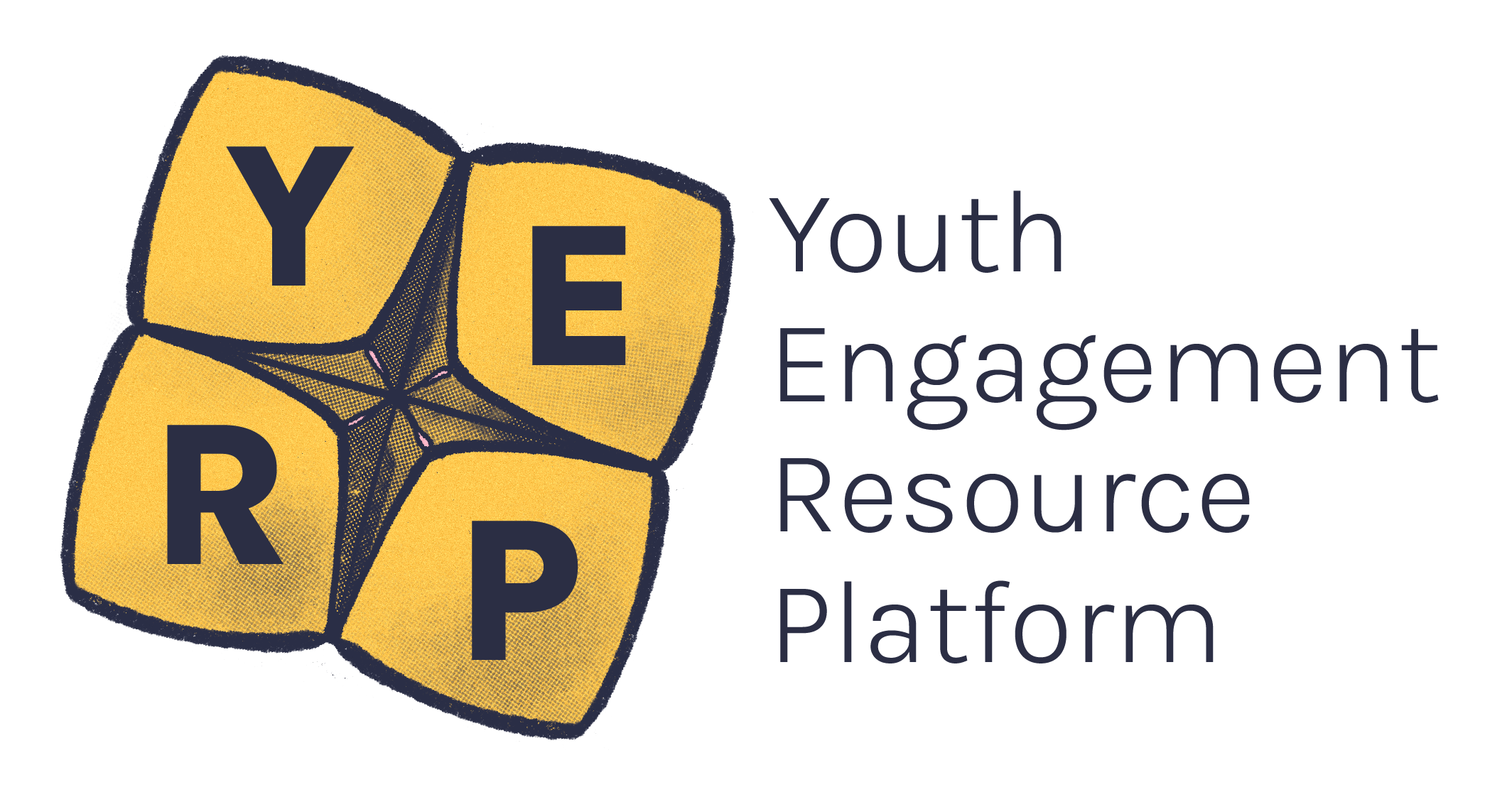What is a blog?
A blog is a web page that is regularly updated with writing, pictures or videos. The blogs at YDAS and YACVic are regularly updated with information about things that matter to young people. This includes information created by young people. Blogs are a lot like articles.
What does ‘pitching’ a blog mean?
When you pitch a blog, all you are doing is presenting an idea. If you wanted to write an article about service dogs, you could pitch an article about a certain topic related to service dogs. For example, you could write about why you believe service dogs are important for young people. A pitch is a short, quick version of what you intend to write.
How to pitch a blog or article
It can be hard to write a blog or article if you don’t know how the process works. The very first step of writing a blog is pitching your idea. Sometimes, you might be approached by an organisation to write a blog because you have a unique perspective. If you get asked to write a blog on a specific topic, you don’t need to pitch a new idea, you can just get started on the first draft of the blog.
A basic pitch includes the following steps:
- Find the contact person and email address of the person you want to send a pitch to.
- Send them an email with a few sentences about your idea, why it’s important, and why you are the right person to write about this topic.
- If you get an email back saying your pitch has been accepted, make sure you know the deadline or due date and how much you will be paid before you get started.
After the pitch
After your pitch has been accepted, it’s time to get started writing. Make sure you send back your draft of your blog on time. If you know you won’t be able to send it on time, communicate with your contact person about this.
Once the contact person has received your blog, you’ll have your piece edited to make sure there are no errors and help clarify some ideas. If you get some feedback, don’t worry! You’re not being judged. Getting a piece edited is a great way to learn.
Getting paid for writing blogs
We don’t believe it is fair to ask writers to write “on spec”. Writing “on spec” is writing something you only might get paid for. This means a publication might not pay you if they end up not liking what you write. We think that is not fair.
When you are in the pitching process, you should find out how much you will get paid for your blog. You should also ask when you will get paid. Usually, you’ll get paid once your blog has been published and you’ve sent an invoice.
How to write a blog
There are lots of ways you can write a blog. Usually, blogs are somewhere between 500 and 1000 words.
Blogs often include a title, subheadings, and information underneath each subheading. It’s a bit like writing an essay, but it can be more informal.
YACVic has blog guidelines which you can find here. These guides are more in-depth.
If you’re not sure what a blog might look like when it’s finished, here are a couple of examples:
YDAS/YACVic Style Guide
All publications have different style guides. A style guide explains different phrases and formatting a publication uses.
These are some of the things we prefer at YDAS/YACVic:
- Young people (not youth)
- LGBTIQA+ is our preferred way to refer to the queer community
- LGA (if referring to a local government area)
- Including trigger or content warnings when appropriate
- Using the terms rural and regional to refer to areas outside of Melbourne metro
- Use metro areas to describe urban areas
- Don’t use “one” as a pronoun
- Youth Affairs Council Victoria (not Youth Affairs Council of Victoria)
- Disabled young person (not person with disability)
- Deaf is capitalised because it refers to a community
- Make a distinction between disability and Deaf – Deaf people may not identify as having disability. E.g. Disabled young people and Deaf young people are encouraged to apply.
- Use the word impaired or impairment: hearing impaired, sight impaired etc.
- Auslan is a language (not an acronym), so it is spelled with a capital A followed by lower case letters.
- Say wheelchair user, not wheelchair bound.
- Avoid language that links disability to either inspiration or pity.
- Talk about support workers instead of carers to describe paid supports.
- Talk about family and friends instead of carers to describe the people in someone’s life who help out.
Voice
We use inclusive and respectful language and try to keep language simple.
We take politically neutral stances and advocate purely on sector issues.
We use a strengths-based voice (we focus on strengths of young people rather than deficits).
We always write in active voice (e.g. young people attended the conference instead of the conference was attended by young people).
Tone
We use a casual and fun conversational tone.
You deserve accessibility!
If you find creating a video to be easier than writing something, making a video can be a great way to create a blog post. We believe that there are many ways to communicate ideas, so feel free to let us know if there’s a better way for you to share your story or idea.
Don’t sweat the small stuff, either. When you write a blog, it’s okay to not know how to spell some words or make grammar mistakes. It’s also okay to miss some things from the style guide. An editor will help.
Write for the YDAS blog
If you are interested in writing for the YDAS blog, email Stacey (she/her) at schristie@ydas.org.au or get in touch with us via social media.




